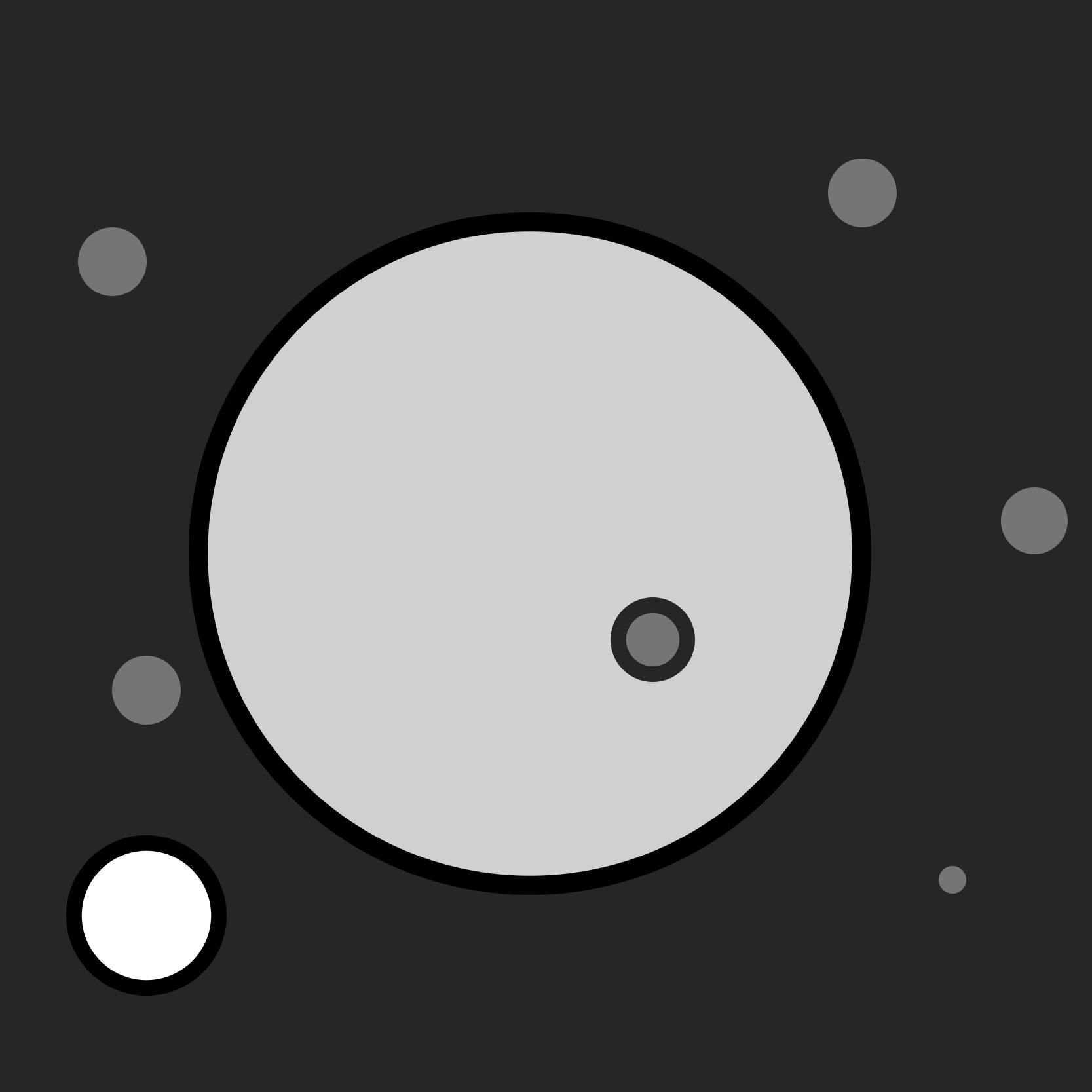Cupid, a moon of Uranus
46,224 miles
11 miles
Cupid is one of the 27 moons of Uranus and is its smallest moon. It is the ninth closest moon to orbit the planet, orbiting at an average distance of 74,390 kilometres (46,226 miles). Cupid has a diameter of 18 kilometres (11 miles) and takes 15 hours to complete an orbit of the planet.
Cupid is classed as an inner regular prograde moon of Uranus. It travels around the planet in the same direction of the planet's rotation and is believed to have formed from materials spinning around the planet.
Cupid is a a member of a group of Uranus' moons called the Portia group. The Portia group contains nine moons (Bianca, Cressida, Desdemona, Juliet, Portia, Rosalind, Cupid, Belinda and Perdita) which have similar appearances and characteristics. These moons may have unstable orbits which leads to the possibility that, at some point in the distant future, they could collide with each other, break up into pieces, form rings or crash into Uranus. Cupid is likely to collide with Belinda sometime during the next 100,000 to 10 million years as the orbits of the two moons are only about 860 kilometres apart from each other.
The moons of Uranus get their names from characters in the works of William Shakespeare and Alexander Pope. Cupid is a character in William Shakespeare's play Timon of Athens, written around 1606.
Cupid has a very small role in the play, and simply appears in it to introduce of group of ladies who are going to perform a dance for King Timon. The play itself is about a generous King who spends his fortune on his friends, treating them to parties and gifts, but finds himself abandoned by them when his wealth runs out. Cupid's only appearance in Timon of Athens is in Act I, Scene 2. His lines are:
Hail to thee, worthy Timon, and to all
That of his bounties taste! The five best senses
Acknowledge thee their patron; and come freely
To gratulate thy plenteous bosom: th' ear,
Taste, touch and smell, pleased from thy tale rise;
They only now come but to feast thine eyes.






